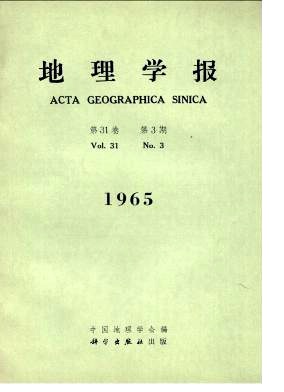HSU CHUN-MTN
The total area occupied by sand dunes is about 1050 square kilometers or 5.8%of the investigated. 77.5%of the sand dunes are concentrated in Taolo and Lingwu, ex-tending as continuous belts. While in the other districts, they are only scattered. The extensive Quaternary deposits of varied origin, which are rich in sand, are the primary sources of the sand grains of the dunes. In other words, the sand dunes are formed in situ. This is revealed by the close relationship between the granulometric and morphoscopic characters of the dune sands and that of the nearby quaternary deposits. There axe four basic ways in which the dunes are formed in this region: Firstly, the wind works on the sand grains from the product of the disintegration of bed rocks to form dunes; Secondly, the sand grains, which were deposited abundantly in the dry valley in the wet season are picked up by the wind to form dunes in the dry season; Thirdly, the wind picko up the sand from the recent and ancient alluvial deposits of the Yellow River to form dunes; Fourthly, owing to the improper extension of the cultivated land, the improper grazing or collection of the firewood and medicinal plants, the semi-fixed and fixed sands are turn into drifting sand by the wind.
